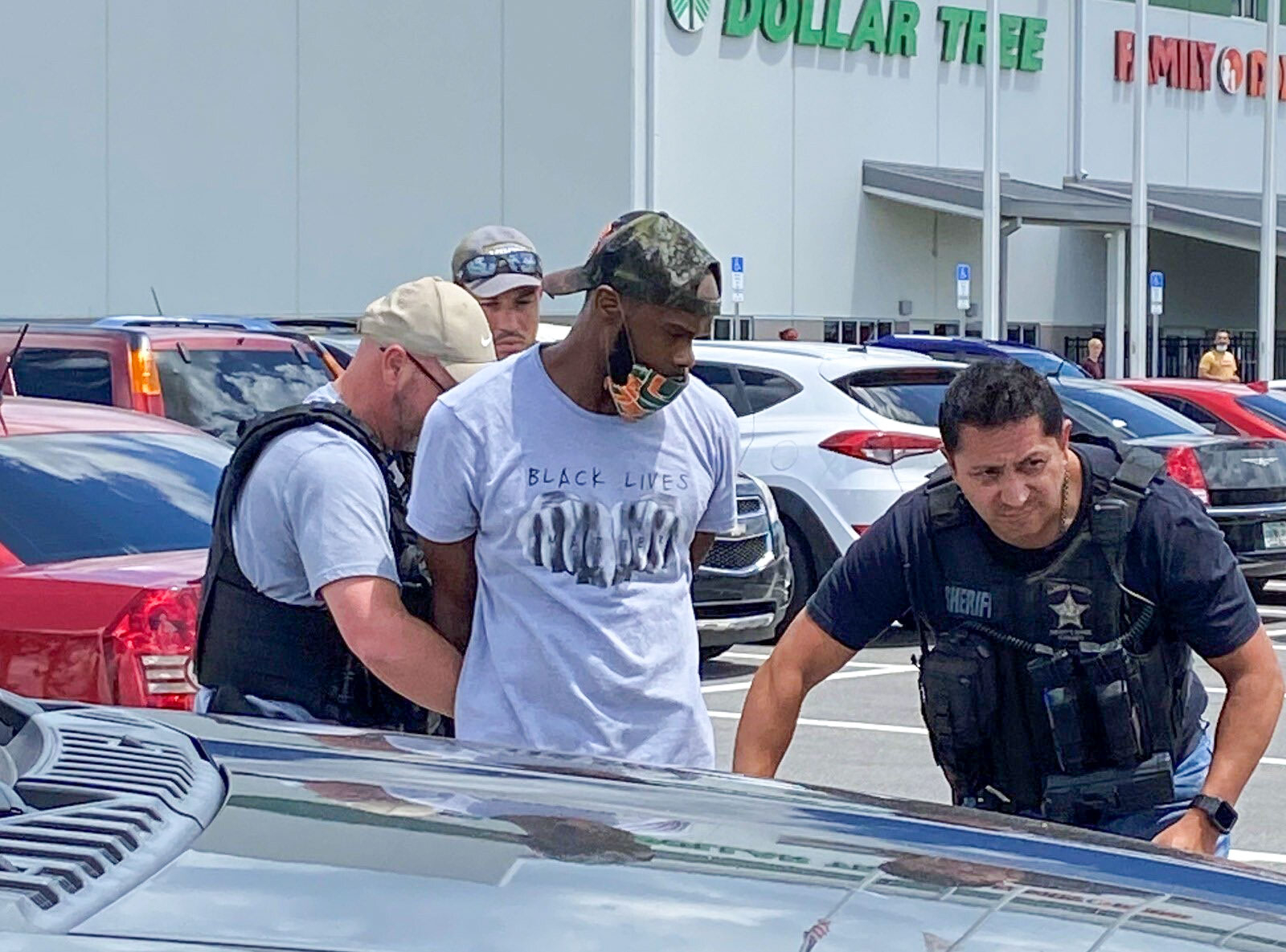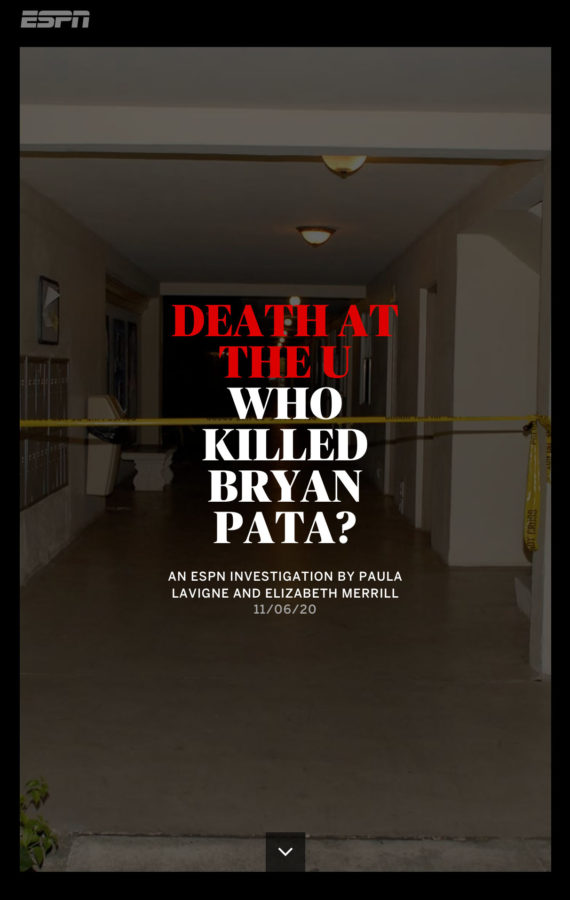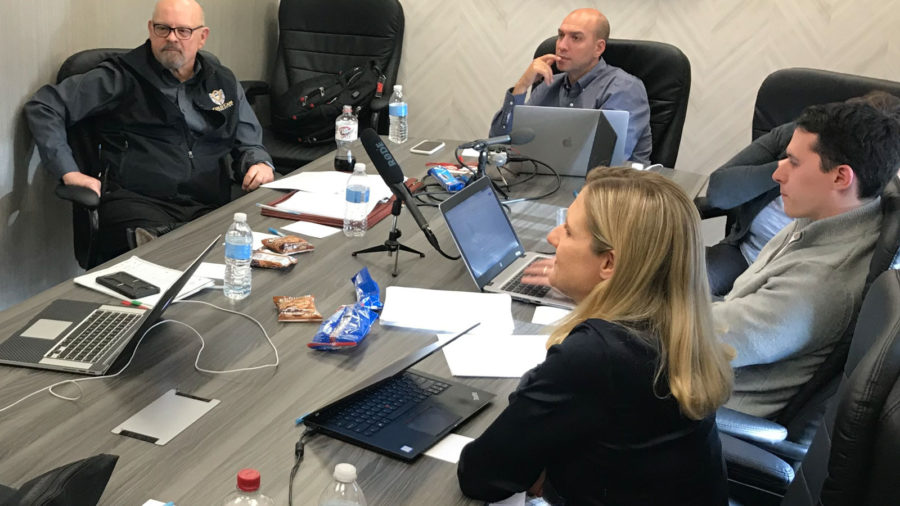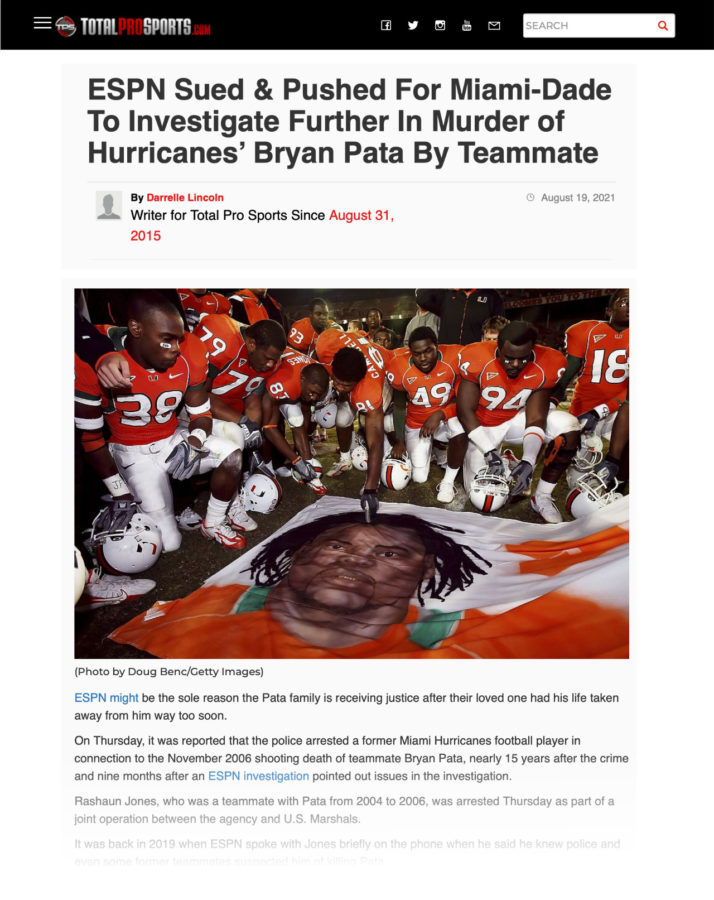Journalism Showcase: ESPN’s Impact Journalism Aids in Leading to Arrest in a 2006 Miami Murder Case
Legal Challenges, Dogged Reporting Showed Stalled Police Inquiry Contained Missteps

On Thursday, U.S. marshals arrested former University of Miami football player Rashaun Jones on a first-degree murder charge in the 2006 killing of Bryan Pata.
On Thursday, Rashaun Jones, a former University of Miami football player was arrested and charged with murdering his former teammate, nine months after an ESPN investigation showed that a stalled police inquiry contained missteps and that the police had a prime suspect all along whom they’d never made public.
The 15-year saga from cold case to arrest and ESPN’s involvement the past five years is a unique one – a reporting journey that initially involved the Miami-Dade Police Department but ultimately led ESPN to take the rare step of suing the police department.
A Simple Request
In 2017, the Miami-Dade Police Department contacted ESPN’s Features Unit and suggested that College GameDay air a story about former Hurricane defensive end Bryan Pata in the hope of determining who might have killed him.
Pata was 22 when someone shot him just after football practice on Nov. 7, 2006. The star defensive tackle was a few months away from being selected in the NFL draft. Detectives from the Miami-Dade Police Department chased more than a dozen leads early in their investigation. But after more than a decade and a hundred interviews, the police work didn’t add up to an arrest or even anyone police would publicly call a suspect. In fact, in multiple interviews with ESPN, police said they never even had a single person of interest.
https://twitter.com/SheriffCitrus/status/1428489109539016704?s=20
But was that really true?
Pata’s family didn’t think so. And neither did Features Unit members Danny Arruda, Scott Frankel, Ben Webber and others, who passed on the GameDay idea but started to think about the story as a longform podcast.
The ESPN Investigation Begins
“Their instincts were right on, and it quickly became apparent that we were headed into a complex and deep reporting effort,” said Christopher Buckle, ESPN Vice President of Investigative and Enterprise Journalism. “We ultimately put together a large group of reporters, producers and editors to re-examine the entire police  investigation.”
investigation.”
Investigative and enterprise reporters Paula Lavigne and Elizabeth Merrill and researcher John Mastroberardino joined the team, which was led by Investigative deputy editor Mike Drago with an assist from senior deputy editor Jena Janovy. Dwayne Bray and Patricia Mays had important early roles, too.
Key to the reporting and re-activating police in the case was an effort by ESPN to get public records from the Miami-Dade Police Department, which refused to provide even a copy of the police report.
“In the summer of 2019, we hired attorneys in Florida to press the issue with the police, and once they got involved, the police released a copy of the nearly 200-page report, but it was heavily redacted,” said Drago. “Their argument was this was an active case, but our reporting had shown otherwise – that the last substantive entry in the police report itself was 2010.”
ESPN Goes to Court
In March 2020, ESPN filed a civil lawsuit against the Miami-Dade Police Department alleging violations of Florida’s open records law. Although the judge agreed the case was still an active investigation and police could withhold what they determined were key details, ESPN did get some portions of the records un-redacted.
“What was more significant, however, was the surprise we got during the police officers’ testimony,” Lavigne said. “In trying to make their argument that the case was active, they made statements that contradicted what they had told us during interviews; they did indeed have a prime suspect – even came close to an arrest – and it was someone who had been on the [University of Miami football] team. That was a bombshell admission and really changed the course of our story narrative.”
“That was a bombshell admission and really changed the course of our story narrative.”
Paula Lavigne

Fallout and New Findings
In the lawsuit’s aftermath, the case’s prior detectives were removed and new detectives assigned.
On November 6, 2020, ESPN published: “Death At The U: Who Killed Bryan Pata?” In that story, ESPN reported for the first time that Miami police had all along thought that Pata’s teammate had killed him. The reporting and story led police to conduct new interviews. On Thursday, police arrested the teammate on murder charges.
“Some stories involve a single dogged reporter or producer working solely within a dedicated unit,” Buckle said. “Others work like this one and epitomize what we can do as a company: The Features Unit saw a chance for something bigger than a one-minute-thirty-second piece on GameDay and so began a reporting journey that ultimately would span the company, from Features to Investigative to Legal to Storytelling to Creative Content/Design. And then great journalistic support from the Daily Podcast crew, Social, Audience Engagement and Communications.”
Wow. So many people believed it was Rashaun Jones the whole time.@espn really pushed this investigation hard; @MiamiDadePD had done nothing for the family of Bryan Pata for so long.
— WylieDeeds (@DeedsWylie) August 19, 2021
May Bryan's memory forever be a blessing & I hope this brings some closure for the Pata family. https://t.co/IlDBLsE5IA
Even more tragic that it was a teammate. Amazing work by all investigators involved at ESPN to keep pressure on police to close this case after 15 years. I just hope Pata’s family can rest a little easier now. https://t.co/vPvx2hRrki
— aaron (@VersaceCaesar) August 20, 2021
